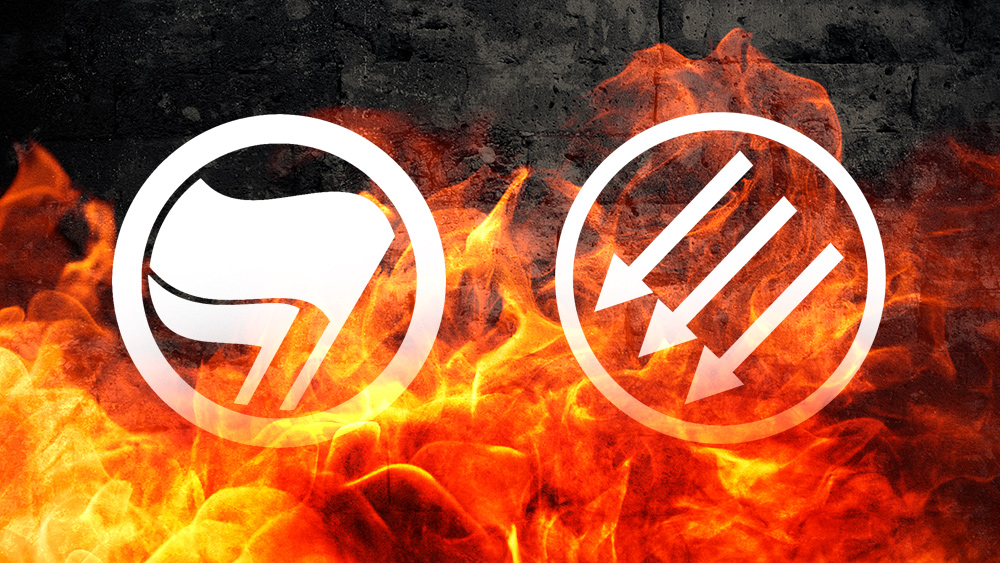Save money by reloading your own ammunition with these essential items
04/20/2017 / By JD Heyes

Experts – and by that I mean people who have actually lived through war and societal collapse – all have various stories to share about how best to prepare for and cope with such events. But the one thing that most agree on is the need to protect and defend yourself, and that generally involves a firearm.
Even people who never thought much about guns or cared about buying one and learning how to use it found that after stuff hit the fan and their world collapsed into a nightmarish existence, the only way they could improve their odds of waking up alive the next day was to secure some firearms. (RELATED: Choosing The Best Knives For Your Prepper And Survival Needs: A Quick Guide)
In addition to securing a weapon, there is also the need to secure ammunition for said weapon, these “experts” all say; guns aren’t much use with bullets, obviously. And yet, in a grid-down, societal-collapse, war zone scenario, ammunition for your weapons is going to quickly become hard to come by.
You will need to find a way to make your own ammunition.
That may sound like a rather daunting task to take on, and to be honest, it isn’t for everyone, nor should it be taken up casually. If you’re serious about learning how to manufacture your own ammunition, you need to be equally serious about learning how to do it correctly and safely.
That said, ammunition manufacturing equipment and “reloading” gear made for private individuals has been around for decades, and is quite good. There are differences in brands and differences in capabilities, but generally speaking, if you’ve got the money and time to invest, you can purchase high-quality production equipment at a fair price.
Also, as noted by Outdoor Hub, there are differences between loading handgun ammunition and bottleneck rifle cartridges. But generally speaking, here is some of the equipment you’re going to need:
— Case cleaner: Unless you’re buying new brass, cartridges that have been fired are going to be dirty. Before reloading them, you’ll need to clean up the residual gunpowder and any dirt that attached itself to the brass when it hit the ground. Super cheap: You can clean your brass with some laundry detergent, hot water and a plastic container, but the better option is to pick up a brass tumbler, which is a plastic bowl on a motor that vibrates the brass in a mixture of ground-up corn cobs or walnut shells. Brass will come out shiny and clean.
— Reloading press: This is a requirement – no way around it. This device is used to actually seat the bullet onto the brass, to push out an old primer, press a case onto a resizing die so it goes back to its original shape, installs a new primer and other uses. Experienced reloaders say beginners should start with a single-stage press, which does only one thing at a time. In order to perform the various steps, you have to manually change the die. This is time-consuming, but you’ll pick up the process quickly.
— Reloading dies: These will screw into the reloading press and are specific to the various caliber of handgun or rifle you’re reloading. There is a sizing and decapping die, an expanding die, and a seating and crimping die.
— Powder measure/dispenser: You can weigh every single powder charge for every cartridge by hand, but that’s going to get old very quickly. A powder measure/dispenser “is a device that lets you specify a certain amount of powder to dispense with every pull of the lever,” Outdoor Hub notes, making the process more automatic.
— Powder scale: Still, a scale is a must-have item, because putting too little or too much powder in cartridges is dangerous. A mechanical or electronic scale helps ensure your dispenser is releasing the desired amount of powder each time you pull the press handle. (RELATED: 5 Discreet ‘Weapons’ You Can Carry With You Almost Anywhere)
— Calipers: Also a must-have, though these are not generally in most start-up kits. The most important measurement you’ll take with these is the length of the cartridge. Bullets need to be seated properly – enough to feed without jamming but without reducing the interior volume within the case. “A reloading manual will tell you exactly how deep to seat each caliber and specific bullet type,” Outdoor Hub says.
— Reloading manual: Yet another must-have item. You should never, ever undertake reloading without one. It’s like a cookbook of recipes for each caliber of round you want to reload. Never, ever stray from the published guidelines for whatever caliber you are reloading – it would be dangerous if you did. All top reloading companies – Hornady, Nosler Sierra, Speer, Lyman – all published detailed manuals. Make sure you get one.
Once you master the skill of reloading your own ammunition, the only limits to your supply will be you, depending on what you can afford, how much you can safely store, etc.
Good luck! (Follow more news on firearms at Guns.news.)
J.D. Heyes is a senior writer for NaturalNews.com and NewsTarget.com, as well as editor of The National Sentinel.
Sources:
Tagged Under: ammunition, firearms, reloading, SHTF
RECENT NEWS & ARTICLES
COPYRIGHT © 2017 VIOLENCE NEWS



















